Dinosaurs have captivated our imagination since their first fossils were scientifically described in the early 19th century. The popular perception of these magnificent prehistoric creatures has undergone numerous revisions as discoveries continually reshape our understanding of their biology, behavior, and evolutionary relationships. Among the most intriguing and controversial hypotheses in modern paleontology is the possibility that some dinosaurs may have possessed venom delivery systems similar to those found in modern venomous reptiles. This concept challenges traditional views of dinosaur predation strategies and adds another layer of complexity to our understanding of these ancient animals. The notion of venomous dinosaurs represents a fascinating frontier in paleontological research, where limited fossil evidence meets scientific speculation, creating a dynamic and evolving debate among experts.
The Evolution of Venom in Modern Animals
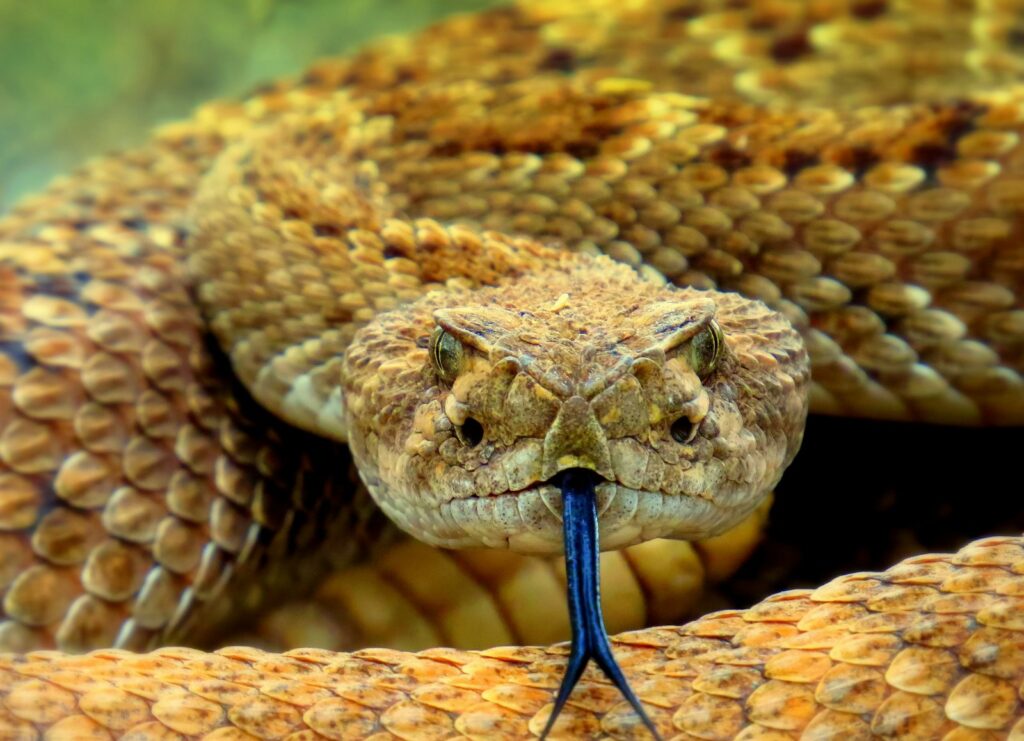
Venom has evolved independently in numerous animal lineages across the tree of life, demonstrating its effectiveness as a predatory or defensive adaptation. Today, we observe sophisticated venom delivery systems in creatures ranging from snakes and spiders to mammals like the platypus and even some birds like the solenodons. The evolutionary pathway to venom typically involves modified saliva glands that produce toxic compounds, coupled with specialized delivery structures such as fangs, stingers, or spurs. This widespread convergent evolution suggests venom provides significant adaptive advantages, making it reasonable to consider whether dinosaurs might have also developed such systems. The biochemical complexity of modern venoms—often containing dozens of different toxins—hints at the potentially diverse forms venomous adaptations could have taken in the Mesozoic era when dinosaurs ruled the Earth.
The Controversial Case of Sinornithosaurus
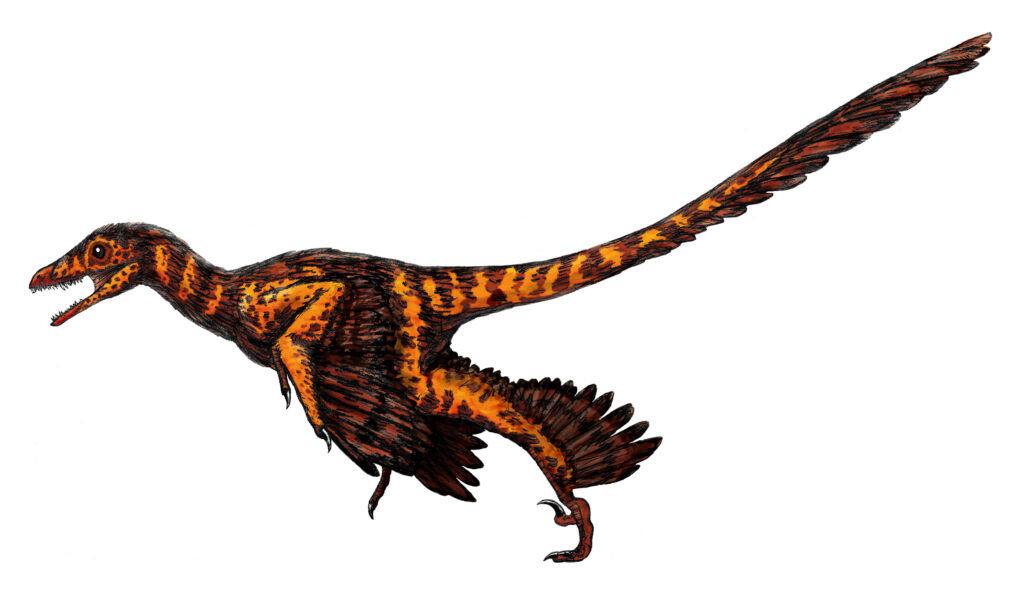
In 2009, paleontologists studying the dromaeosaurid dinosaur Sinornithosaurus millenii proposed a hypothesis that sent shockwaves through the scientific community: this small, feathered dinosaur from Early Cretaceous China might have been venomous. The researchers pointed to several morphological features they interpreted as a venom delivery system, including grooved teeth reminiscent of those in modern venomous reptiles, and depressions in the skull that could have housed venom glands. They suggested Sinornithosaurus might have used venom to subdue prey, particularly birds, employing a hunting strategy similar to modern venomous snakes. This hypothesis received significant media attention but was quickly challenged by other paleontologists who offered alternative explanations for the observed features, including post-mortem distortion of the fossil, misinterpretation of anatomical structures, and comparisons with non-venomous modern reptiles sharing similar characteristics.
Debating the Evidence: Anatomical Considerations

The anatomical evidence for venomous dinosaurs remains ambiguous and hotly contested among experts. Proponents of the venomous dinosaur hypothesis point to features such as grooved teeth, specialized jaw structures, and skull depressions that could have accommodated venom-producing glands. However, skeptics argue these features have alternative explanations consistent with non-venomous feeding adaptations. For instance, grooved teeth might facilitate mechanical advantages during biting rather than venom delivery, while depressions in the skull could have housed enhanced sensory organs or air sacs related to the respiratory system. The preservation of soft tissues like venom glands is extremely rare in the fossil record, making definitive proof elusive. Without clear evidence of specialized venom-producing tissues, the case for venomous dinosaurs relies heavily on comparative anatomy with modern venomous animals, which introduces significant interpretative challenges.
Venom Delivery Systems: Comparing Dinosaurs to Modern Reptiles

Modern venomous reptiles exhibit diverse venom delivery systems that provide templates for hypothesizing how dinosaurs might have delivered venom if they possessed this capability. Venomous snakes typically use hollow or grooved fangs to inject venom directly into prey, while venomous lizards like the Gila monster employ grooved teeth and specialized glands. If certain dinosaurs were venomous, they might have utilized similar anatomical structures. The debate often centers on whether grooved teeth found in some theropod dinosaurs were specialized for venom delivery or evolved for other functions. Some paleontologists have suggested that if dinosaurs possessed venom, they might have employed delivery systems unlike any seen in modern animals, complicating identification in the fossil record. The relationship between dinosaurs and their closest living relatives—birds and crocodilians, which generally lack venom—adds another layer of complexity to assessing the likelihood of venomous dinosaurs.
Beyond Sinornithosaurus: Other Potentially Venomous Dinosaur Candidates

While Sinornithosaurus has received the most attention in discussions of potentially venomous dinosaurs, several other dinosaur species have also been suggested as candidates for venom production. Certain small theropods with unusual dental and cranial features have drawn speculation from researchers. For example, Coelophysis, a small, agile theropod from the Late Triassic period, possessed unique grooved teeth that some have suggested might have facilitated venom delivery. Compsognathids, small theropods from the Late Jurassic and Early Cretaceous, have also been the subject of venomous speculation due to their unusual dentition. However, these hypotheses remain highly speculative and lack substantial supporting evidence compared to even the controversial Sinornithosaurus case. The rarity of well-preserved specimens with the specific anatomical features necessary to make a strong case for venom production continues to limit definitive conclusions about these potential candidates.
The Evolutionary Advantages of Venom in Dinosaur Predation

If certain dinosaurs did possess venom, this adaptation would have provided significant evolutionary advantages in their predatory lifestyles. Venom could have allowed smaller theropods to take down prey much larger than themselves by inducing rapid immobilization, pain, or disruption of vital physiological functions. For arboreal or gliding dinosaurs, venom might have facilitated the capture of avian prey in complex three-dimensional environments. Venom could have also served as an effective defense mechanism against larger predators or competitors. From an evolutionary perspective, the development of venom might have represented an energy-efficient hunting strategy, reducing the physical exertion and risk associated with subduing struggling prey. Some researchers have suggested that if certain dinosaurs were indeed venomous, this adaptation might have played a crucial role in their ecological success and diversification within specific niches where other hunting strategies proved less effective.
Methodological Challenges in Identifying Venomous Fossil Species
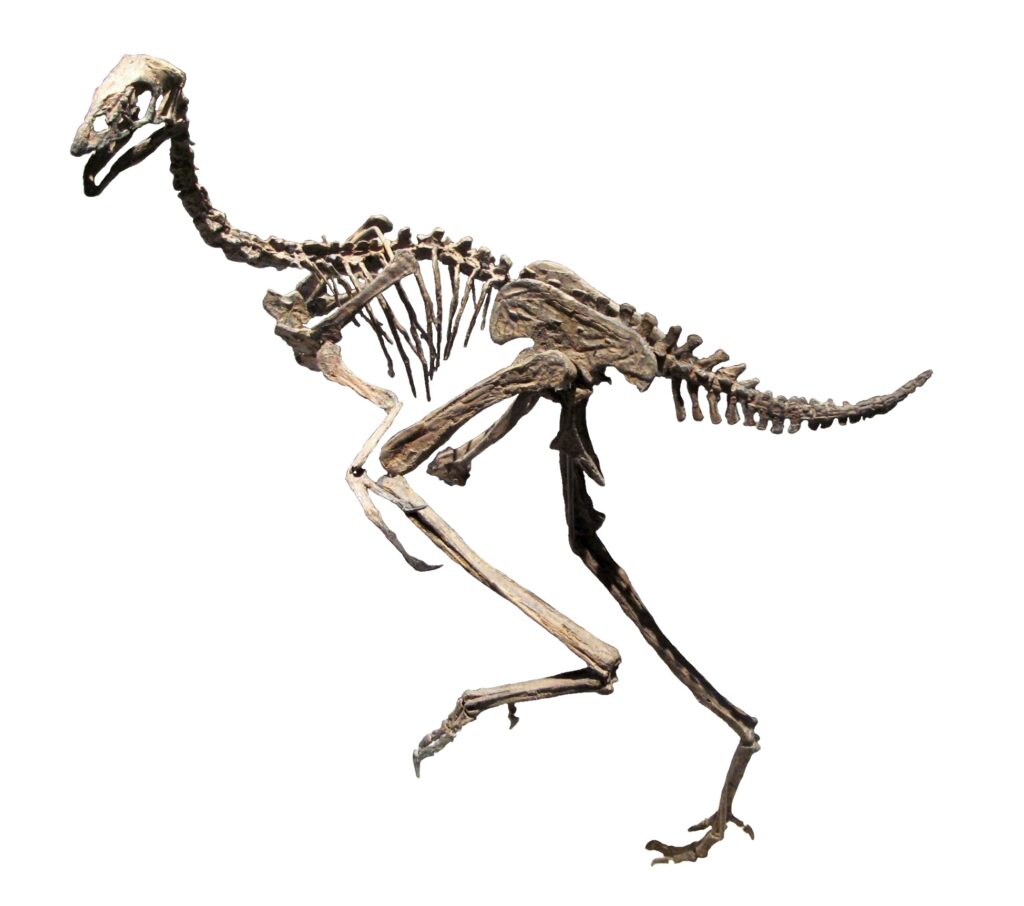
Determining whether extinct species possessed venom presents significant methodological challenges for paleontologists. Soft tissues rarely preserve in the fossil record, making direct evidence of venom glands nearly impossible to find in dinosaur specimens. Researchers must instead rely on osteological correlates—skeletal features associated with venom production in modern animals—which introduces considerable interpretative uncertainty. The fossilization process itself can distort anatomical structures, further complicating accurate identification of potential venom-related adaptations. Taphonomic processes, which affect how organisms decay and become fossilized, can create features that mimic potential venom delivery structures. Additionally, convergent evolution has produced similar morphological features in both venomous and non-venomous modern species, making it difficult to use comparative anatomy alone to identify venomous capabilities in extinct dinosaurs. These methodological limitations necessitate exceptional caution when evaluating claims about venomous dinosaurs and highlight the need for multiple lines of evidence to support such hypotheses.
The Scientific Debate: Proponents vs. Skeptics

The hypothesis of venomous dinosaurs has generated a vibrant scientific debate characterized by strongly held positions on both sides. Proponents argue that the morphological evidence, while circumstantial, parallels adaptations seen in modern venomous animals closely enough to warrant serious consideration. They suggest that conservative paleontological approaches may systematically underestimate the diversity of predatory adaptations in extinct species. Skeptics counter that extraordinary claims require extraordinary evidence, and the current fossil record simply doesn’t provide sufficient proof to overturn conventional understanding of dinosaur predation strategies. They emphasize the danger of overinterpreting ambiguous morphological features and the importance of parsimony in scientific explanations. This debate extends beyond the specific question of venomous dinosaurs to broader methodological questions about how paleontologists should interpret fossil evidence and the appropriate thresholds for accepting novel hypotheses about extinct animal biology. The ongoing discussion demonstrates the healthy skepticism and rigorous evaluation that characterizes modern paleontological research.
Biochemical Evolution: The Origins of Venom Production

Understanding the biochemical evolution of venom systems provides important context for evaluating claims about venomous dinosaurs. Modern venoms typically evolve from ordinary salivary proteins that undergo gene duplication and subsequent modification, eventually developing toxic properties that provide selective advantages. This evolutionary pathway suggests that venom production could theoretically have evolved in dinosaur lineages, particularly given the long timespan and diverse selective pressures of the Mesozoic era. Research on venom evolution in modern reptiles indicates that certain protein families appear particularly prone to evolving toxic functions, potentially providing templates for dinosaur venom if it existed. The genetic relationships between dinosaurs and modern birds, and reptiles offer potential clues about the likelihood of venom evolution in different dinosaur lineages. Some researchers have suggested that advances in paleoproteomics—the study of ancient proteins preserved in fossils—might eventually provide more direct evidence about the biochemical capacity for venom production in dinosaurs, though such preservation remains exceedingly rare.
Venom vs. Bacterial Toxic Bite: Alternative Hypotheses
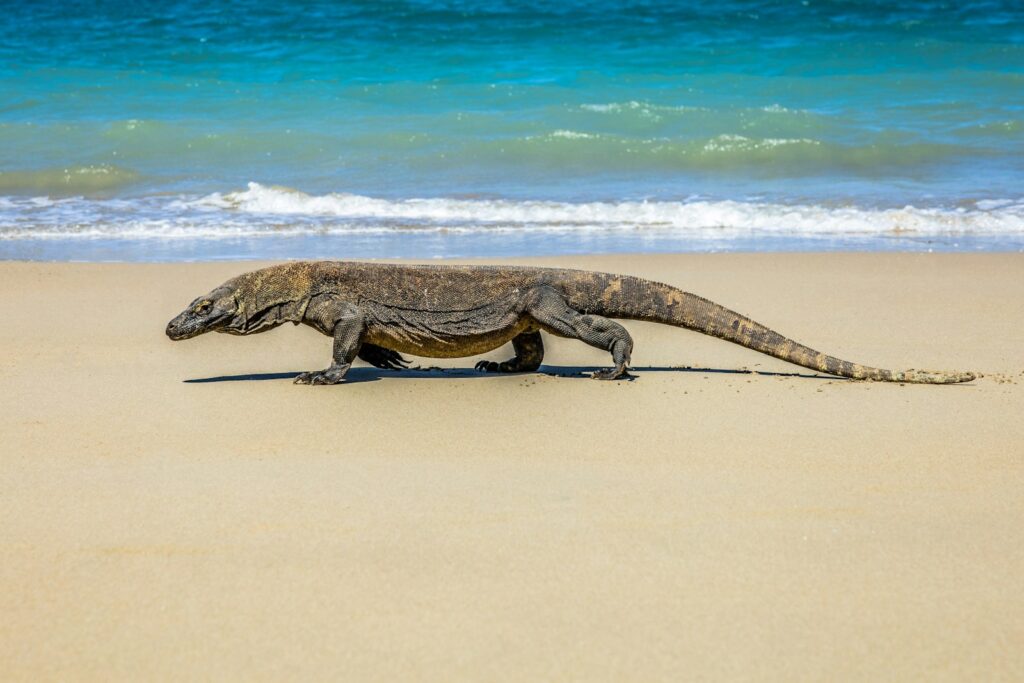
An alternative to the venomous dinosaur hypothesis suggests that some dinosaurs might have utilized bacteria-laden saliva rather than true venom to subdue prey. This “toxic bite” model proposes that certain theropods might have harbored pathogenic bacteria in their mouths that would infect prey after biting, similar to the controversial (and now largely debunked) septic bite hypothesis once proposed for Komodo dragons. Proponents of this alternative suggest it would require less specialized anatomical adaptations than true venom production while potentially providing similar predatory advantages. The bacterial toxic bite hypothesis might explain some of the unusual dental and oral features observed in certain dinosaur fossils without requiring the complex venom-producing glands and delivery systems necessary for true envenomation. Critics of this hypothesis point out that relying on bacterial infection would be a relatively slow and unreliable hunting strategy compared to active venom production. Additionally, the extent to which dinosaurs might have cultivated specific oral bacteria remains highly speculative without direct evidence from extraordinarily preserved soft tissues.
Modern Imaging Technologies and New Fossil Discoveries

Advances in paleontological imaging technologies are revolutionizing our ability to examine fossil specimens and may eventually provide more definitive evidence regarding the venomous dinosaur hypothesis. High-resolution CT scanning allows researchers to examine internal structures of fossils without damaging specimens, potentially revealing channels for venom delivery or spaces for venom glands that might be invisible to external examination. Synchrotron imaging techniques can detect minute details in fossil structures, including possible evidence of specialized tissues associated with venom production. New fossil discoveries, particularly from exceptional preservation environments like the Yixian Formation in China, continue to yield specimens with unprecedented preservation of soft tissue impressions and fine anatomical details. These technological and discovery advances have already transformed many aspects of our understanding of dinosaur biology and may eventually provide more conclusive evidence regarding the possibility of venomous dinosaurs. Some researchers suggest that applying these technologies to reexamine previously discovered specimens might reveal overlooked features relevant to the venomous dinosaur debate.
Implications for Dinosaur Ecology and Behavior
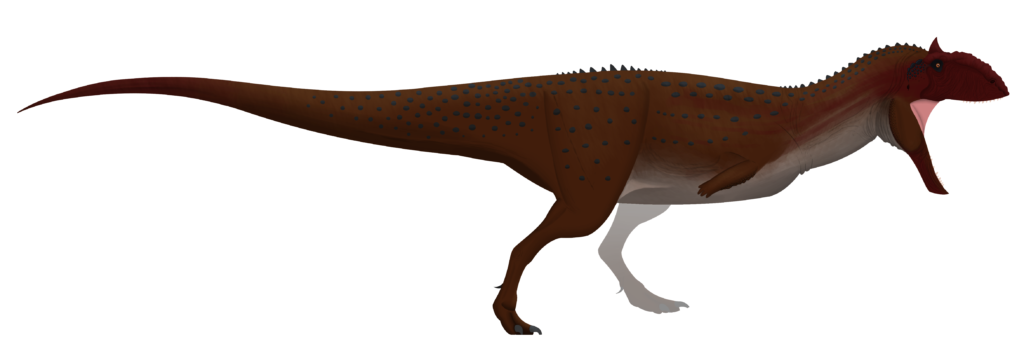
If some dinosaurs were indeed venomous, this would significantly impact our understanding of Mesozoic ecology and predator-prey relationships. Venomous dinosaurs would have occupied specific ecological niches, potentially specializing in hunting prey that other predators couldn’t effectively target. The presence of venom might have influenced predatory behavior, favoring ambush tactics over pursuit strategies to maximize the effectiveness of envenomation. Venom could have also affected prey defense adaptations, potentially driving the evolution of venom resistance or behavioral strategies to avoid venomous predators. The social behavior of potentially venomous dinosaurs might have differed from their non-venomous counterparts, possibly favoring solitary hunting over pack strategies. Understanding these ecological implications remains highly speculative but represents an important dimension of the venomous dinosaur hypothesis. If confirmed, the presence of venomous dinosaurs would require significant revisions to current models of Mesozoic food webs and predator-prey dynamics, highlighting the complex and diverse hunting strategies that characterized dinosaur evolution.
The Future of Research on Venomous Dinosaur Hypotheses
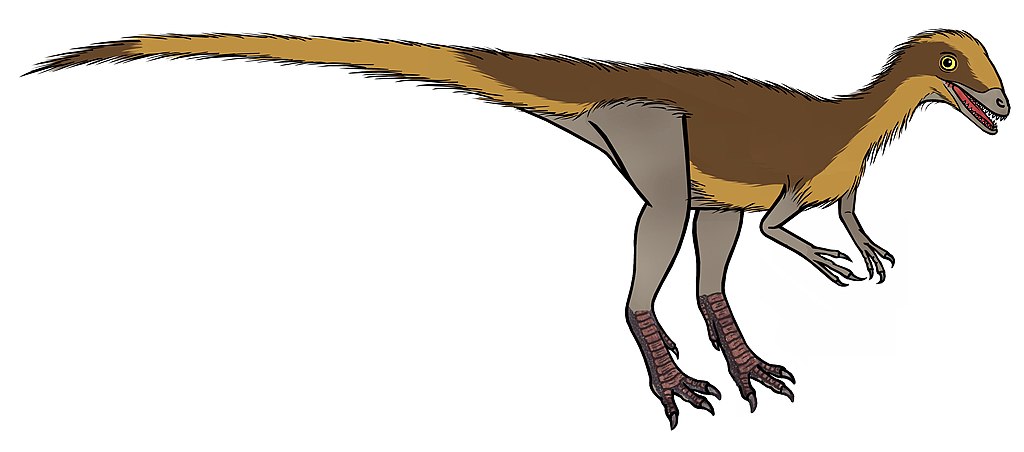
The future of research into potentially venomous dinosaurs will likely follow several promising avenues. Continued discovery of exceptionally preserved specimens, particularly those with soft tissue impressions or traces, may provide more direct evidence of venom production structures. Refinement of comparative anatomical methods, including more sophisticated statistical approaches to analyzing morphological similarities between fossil and modern species, could strengthen or weaken current hypotheses. Advances in molecular paleontology might eventually allow the detection of proteins associated with venom production in extraordinarily preserved fossils. Interdisciplinary collaboration between paleontologists, comparative anatomists, and venom researchers from different biological backgrounds will be essential to developing more robust analytical frameworks. Development of explicit, testable predictions about the expected fossil signatures of venom production could help move the debate beyond speculative interpretation. While definitive proof of venomous dinosaurs may remain elusive, these research directions promise to deepen our understanding of dinosaur biology and the evolution of predatory adaptations in the Mesozoic era, regardless of the ultimate consensus on this controversial hypothesis.
Conclusion

The hypothesis that some dinosaurs may have been venomous represents one of paleontology’s most fascinating frontiers, where limited evidence meets scientific imagination. While the current evidence remains inconclusive and controversial, the debate itself illustrates the dynamic nature of paleontological research and how new perspectives continually reshape our understanding of extinct organisms. Whether future discoveries ultimately confirm the existence of venomous dinosaurs or relegate the idea to scientific speculation, the investigation has already enhanced our appreciation for the potential diversity of predatory adaptations in these remarkable animals. As technologies improve and new specimens emerge, we may eventually resolve this tantalizing question about dinosaur biology. Until then, the possibility of venomous dinosaurs reminds us that the prehistoric world was likely even more diverse and complex than we currently envision, with many secrets still waiting to be uncovered.




